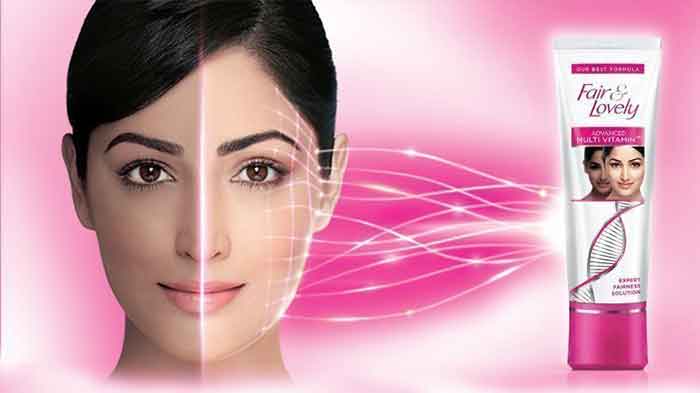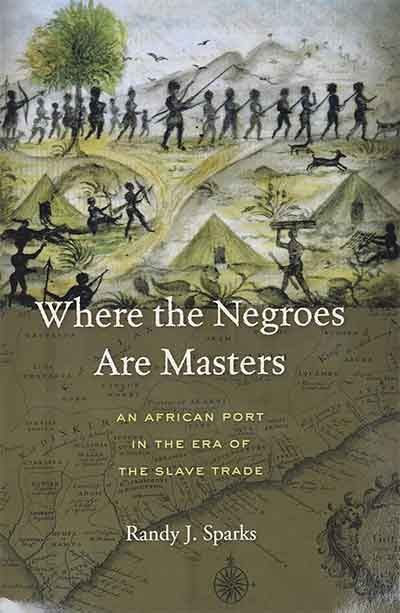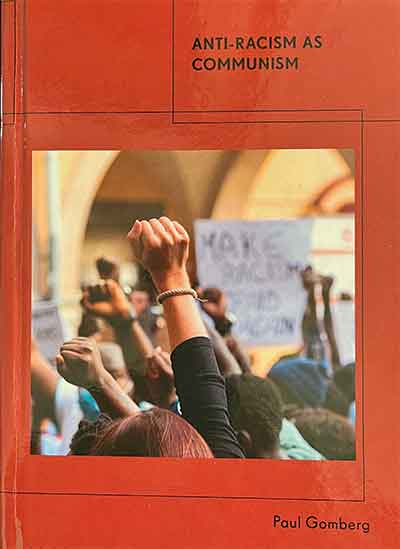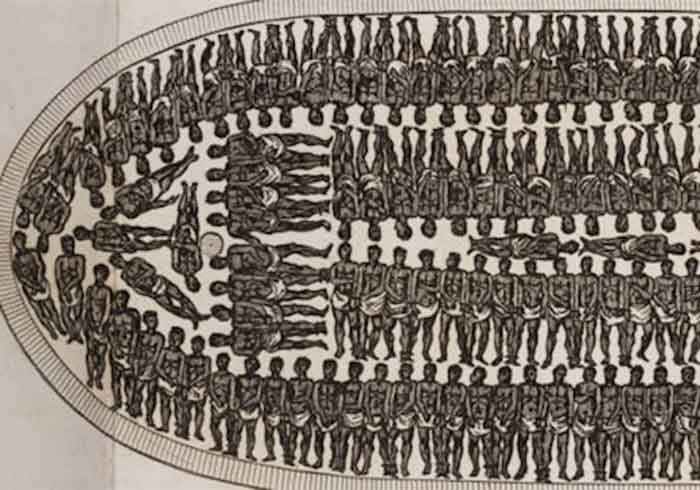The finest clothing made is a person’s own skin, but, of course, society demands something more than this. — Mark Twain

An advertisement for Fair and Lovely, a skin whitening product showing results of before and after use
Pico Iyer who writes about cultures converging refers to India as his “stepmother land.” In next to the last chapter of his book titled Sun After Dark in reference to Indian English, he wrote: “And when I opened The Times of India, I found a whole section devoted to ‘matrimonial notices,’ in which prospective brides were glowingly described as ‘homely’ and ‘artful’ and ‘wheat-coloured’ (which in the crazed logic of Indian English, means domestically minded, culturally inclined, and fair-skinned). Pico Iyer rightfully observed that India somewhat changed the English language and he very aptly noticed India’s influence on English. The meaning of Indian English may have sounded odd to Pico as he is an Englishman born to parents who are from India. But Pico is right on the money about the skin color reference. It is not in India alone, everywhere in the subcontinent too much emphasis is given on the color of a girl’s skin. If a girl is not born with somewhat “fair skin” she becomes the subject of everyday discussion in her own home and in her neighborhood. The taunting and teasing of course follows her to school and all the way to the university. The final STOP is the marriage market where she has to barter her appearance and is judged mainly on the lightness or darkness of her skin color. In a recent article in The Indian Express, Seema Chisti points out the same awareness as Iyer does. She writes, “Published matrimonial ads routinely signal fair and wheatish complexioned as human shade cards. ‘Fair & Lovely’, in its decades of existence, had regularly advertised an association of fairness with a marriage, a job as an airhostess, and even a doctor.”
To “help” girls with darker skin, the cosmetics companies come up with skin care products that vouch for guaranteed “fair skin” and they all use it blindly to enhance their appearance in the hope of getting a good marriage proposal and to enrich their “self-esteem.” After facing mounting criticism big beauty company Unilever responded: “Complexion is one of the Asian standards of beauty and that it is a dimension of personal grooming.” The company unabashedly emphasized by saying that anyone using this product has an advantage in life; and the product can “lead to a transformation, with romance and a husband.” The husband is of course the ultimate pay off. Wouldn’t you say something is boorishly wrong and equally revolting with this statement? Should skin color define a woman?
In the midst of tension over racial prejudice in the West, “several multinational companies have come under fire for their skin lightning products as the Black Lives Matter movement goes global following the killing of a Black man, George Floyd, in the United States.” The highly publicized backlash against branding that “trades off racial stereotypes spreads beyond the US” reported Fortune.Com.
On June 25, amidst ongoing global backlash “over racial prejudice,” Unilever Hindustan and Unilever Bangladesh announced that they have decided to drop “Fair” in the brand name of its “Fair & Lovely.” Hindustan Unilever, the Indian subsidiary of the global consumer goods giant, announced that it would “stop using the word ‘Fair’ in the brand name” of its “Fair & Lovely” skincare brand. The company also announced a “rebranding of the “Fair & Lovely” skin lightening cream in South Asia. In 2008, when Bangladesh Limited UBLO started it was a much smaller market. Initially the company spent $7 million on TV commercials for Fair &Lovely. “In India it was among the most advertised brands during the World cup in 2002.”
“Fair & Lovely’s heavily aired television commercials typically contain the message of a depressed woman with few prospects that gains a brighter future by either attaining a boyfriend/husband or a job after becoming markedly fairer which is emphasized in advertisements with a silhouette of her face lined up dark to light.”
According to the Wall Street Journal, “Unilever PLC said it would change the name of controversial skin-lightening cream Fair & Lovely, one of its top-selling personal-care brands, amid mounting criticism that it suggests light skin is more attractive than dark.” “The Anglo-Dutch conglomerate, which derives more than $500 million in annual revenue from the brand in India alone, will not only remove the terms ‘fair,’ ‘whitening’ and ‘lightening’ from Fair & Lovely’s packaging and marketing material but will feature women of all skin tones in future advertising campaigns,” according press release. It didn’t disclose a new name.” The brand is also sold in Indonesia, Thailand, Pakistan and elsewhere in Asia.
Instead of how to lighten dark skin, now the company’s motto and new promo code is going to be “glowing & healthy skin.” While such a move is being applauded by both the consumers and rights groups, many think this is just a “gimmick” as the decision was taken under pressure. They doubt that this name change will not change or resolve the problem by calling for the brand to be pulled off from store shelves across South Asia and from the company’s online catalog. “We recognize that the use of the words ‘fair’, ‘white’ and ‘light’ suggest a singular ideal of beauty that we don’t think is right, and we want to address this,” said Sunny Jain, president of Unilever’s beauty and personal care division.
“Advertisements for ‘Fair & Lovely’ regularly feature top Bollywood stars and youth. Until recently, they also featured shade guides to show ‘improvement’ in skin tones, often propagating ideas that women could get better jobs or improved prospects for marriage by using skin lightening products.”
In one of my columns about 5 years ago, I wrote: “How much is a baby girl’s life worth in our outdated male-controlled society? A lot – if she is lucky enough to be born with fair skin. Her value immediately goes up, as soon as the mid-wife in a village or the trained gynecologist in a city clinic delivers a light-skinned female child. She gets to be doted on right after her umbilical cord is cut – then cleaned, and wrapped and given back to the proud, and happy looking mother, or the father. From day one she becomes her mother’s pride and joy, and the “apple of her father’s eye,” and a sweetheart of the extended family. Depending on the economic situation of the family – the “fair-skinned” girl is always pampered and treated like a princess. At school she is loved by all her teachers — even if she has the intelligence of an Afghan hound, or a Panda bear.”
“By the time she becomes sixteen, boys start to take notice and she loves the attention, and enjoys every bit of it and gets plenty of playful support from the others in the family. When she comes of age and ready to get married – prospective future in-laws are a constant at her house, and are in awe of her, and shower her with gifts. Then the parents from the long list of suitors find a match for her. Sometimes her preference for certain someone is taken into consideration and she is allowed to marry her prince charming.”
“With much fanfare she gets married, and all the bridesmaids want to be in her shoes. After the wedding she goes off to America, London or Australia to live a magical life — leaving behind all her caramel skinned cousins and friends, to sigh and wonder what life would be like if they were the newlyweds. They have a long wait — in finding a suitable husband.”
The above three paragraphs might seem like I was retelling a story from a Bengali, or a Hindi serial – but such stories are real life stories. The real life girls with “dark skin” often become the subject of discrimination even in her own family.
Colorism manifests in innumerable ways in most cultures. “In India, where Fair & Lovely reportedly holds 70% of the market share of the country’s skin-lightening industry, colorism is informed by the forces of colonialism, caste-based systems and globalization, making the specific form of discrimination a part of everyday life. It can be seen on the individual front, within families, where lighter-skin children receive preferential treatment, and within institutions, like workplaces, where people feel they have to present as lighter to succeed.”
Let me share a personal anecdote in creating a helping version of my own story. Such illustrations put things into perspectives and some readers will be able to relate. It of course will bring catharsis and closure to heal an old wound. In a large family, as the quintessential “middle daughter,” I sometimes felt stigmatized. On occasions I even sensed some degree of humiliation because my skin tone is what people now sugarcoat by calling it “caramel colored skin.” Some writes poems about kissing her caramel skin with its brilliance. Others use skin color in describing ethnicity in generalizing every Asian woman. “Her ethnicity looked to be everything: “Asian eyes, caramel skin, dark kinky hair with highlights.” Only exception to be noted, my hair color is just on the black-brown spectrum and straight like a horse’s mane. Growing up I experienced favoritism towards my sisters simply because I am a shade darker than my two sisters. No one said anything to me directly – but that subtle distinction was always there, and had followed me like a shadow until I was 15 years old. Even as an adult, such unsettled feelings are hard to eliminate completely from one’s memory. Those feelings from adolescent years do leave an imprint on your psyche, like a lion’s paw on freshly fallen snow. For example, during Eid shopping, the fine fabric that was bought to make into dresses – mine were always of pastel colors — as opposed to the bright blue, deep violet, fuchsia or magenta that my older or younger sister got. At that young age, I could not fathom why my younger sister and I got the same matching shoes and socks but I could not have a bright blue lace frock instead of a pale green one. I internalized those troubling feelings and did not demand answers. I suffered silently while giving my measurements for my dress to the tailor at the College Tailors Shop, in New Market, Dhaka. I really hated that light green frock and I have worn it only once since it was for Eid. Things started to change for me though when I had entered Higher Secondary School. I decided to pick my own clothes and created my urban retro style. I refused to accept because of my skin tone certain colors will not look good one me. I wore whatever color I wanted and still do without a care to what anyone else thinks. Back then unquestionably it was a matter of survival in a society that is critical of high-spirited girls. To make a statement that I am only defined by my passions and what I think of me was very important to me. I had to make sure the pinnacle of consciousness centers around a greater self-awareness. To assert my independence, if I didn’t fight for my own choices and personal preferences then most probably I would be a docile and submissive being and still will be wiping tears in silence about old hurt. That is how one has to fight familial and societal prejudices against you.
The gender colorism and dark versus light skin in girls and women has been a century-old issue. To break the stigma and prejudice no one in recent history has fought harder than award winning Indian actress and director Nandita Das. In 2010, I had an opportunity to listen to her sitting in the front row at the Kennedy Center auditorium. In March of that year, amidst criticisms that Kennedy Center in Washington, D.C, has lost its national and International leadership in promoting and collaborating arts, they surprised all the art enthusiasts when the center presented and featured a festival on India, titled Maximum India, with a discussion on the “Portrayal of Indian Women in Film,” and film screenings. One evening I went there to listen to a panel discussion. The panel consisted of Shabana Azmi, Adoor Gopalakrishnan, Ketan Mehta and Dilip Basu. The moderator was Nandita Das. She talked about her dark skin and her campaign against it in breaking the stereotype. She talked about how she has been involved with “Dark is Beautiful” campaign for many years. She told the audience how Colorism in the film industry is an easy thing to find. Dark-skinned actors, especially women, have much more difficulty when it comes to being cast in a major role. She shared her personal struggles in getting leading roles in cinema. Ten years on Das is still actively pursuing her campaign in changing the current mindset. In 2019, she participated in “India’s Got Color” video as a powerful voice. In a fairly candid interview a few days ago, Das tells Outlook, “In a culture where beauty is primarily defined by the color of the skin, it’s quite lovely that suddenly the billion-dollar ‘whitening’ industry wants to be fair!”
Nandita believes, “Changing the name alone will not change anything, but words do matter. Time will tell if it is going to stop at this or the larger messaging and the product are actually going to change. Many are skeptical and feel that it is only old wine in a new bottle. Some have mocked and said, Fair & Lovely cannot even be termed as a skin care product that it claims to be. Having said that, at least it is a good start that hopefully will force more change. If it is just a PR exercise then that too will spark adequate resistance and debate, which in itself will help move the needle. But those with the real intent to change the narrative will make a sustained difference.” Das is not sure what will be the impact of it “on a society where colorism runs deeper than fairness cream adverts.” https://www.outlookindia.com/website/story/india-news-its-lovely-that-a-billion-dollar-whitening-industry-suddenly-wants-to-be-fair-nandita-das/355450
I am wondering by becoming “whiter” is a woman “happier?” That remains a billion dollar question. Obsessing with fair skin is a national pastime and seen all across Asia. South Asian countries such as India, Bangladesh and Pakistan share an intricate equation with light complexioned women. Some foolishly think it symbolizes a higher social class. Without cultivating a positive mindset, change really cannot happen. To accomplish such a goal in changing the mindset, society has to recognize and acknowledge that there is a huge problem. Only with a changed attitude actionable strategies can be cultivated in fixing the outdated mindset.
Zeenat Khan is short story writer and columnist. She writes from Maryland, USA
SIGN UP FOR COUNTERCURRENTS DAILY NEWSLETTER
















































